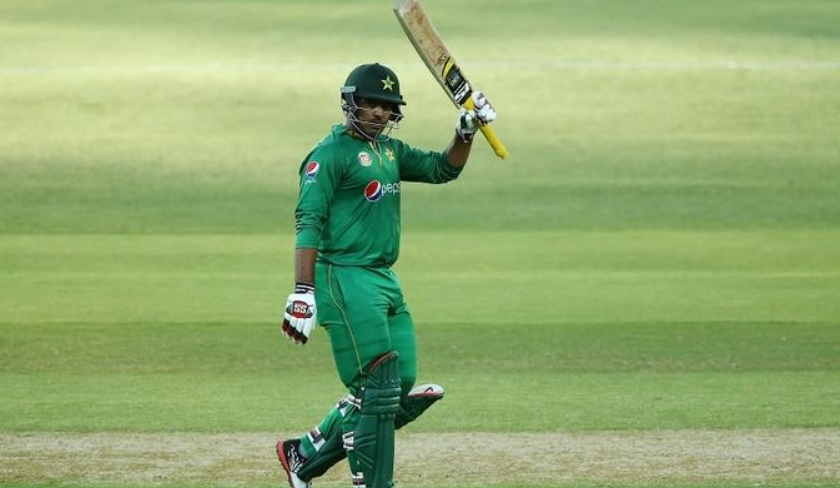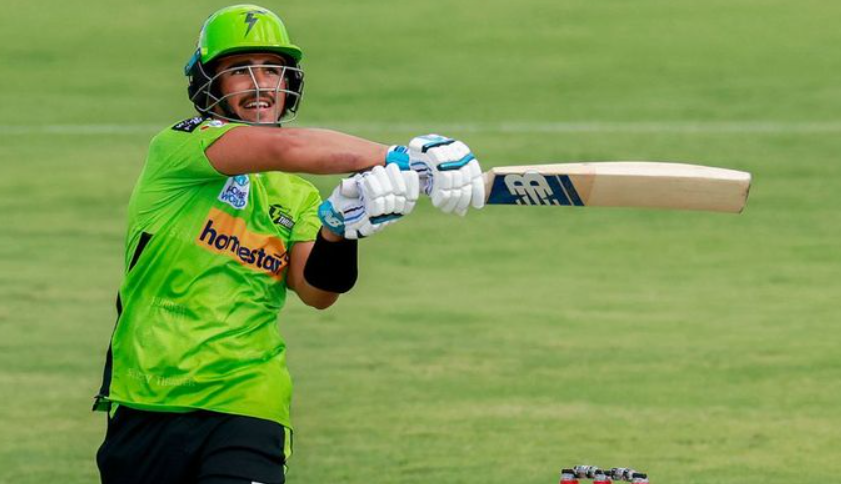In T20 cricket, the first six overs often decide the rhythm of the entire innings. The powerplay is where field restrictions reward aggression, misjudgment leads to collapses, and momentum becomes visible early. For bettors, this is a goldmine. Over/Under markets for powerplay runs may seem straightforward—but they reflect more than just swing and slog. They mirror matchups, intent, and data that many punters ignore.
Most sportsbooks offer lines like “Team A Over/Under 47.5 Runs in First 6 Overs.” At first glance, it feels like a coin flip. But it’s not. If you understand team intent, bowler matchups, and venue dynamics, you’re not gambling—you’re forecasting.
Intent-Based Team Types
Some teams treat the powerplay as a free license to attack. Others consolidate and aim to preserve wickets for the death overs. These intent profiles matter more than averages.
| Team Type | Powerplay Philosophy | Best Bet |
| All-out aggression | 60+ targets, risk-heavy | Over if pitch suits strokeplay |
| Balanced acceleration | Rotate early, launch late | Watch live line after 2 overs |
| Conservative | Focus on wickets in hand | Unders vs quality new-ball attack |
Teams like England or West Indies tend to target 55–65 early, using power hitters like Salt or Pooran. India, in contrast, often starts conservatively and accelerates after the 10-over mark, especially on slower tracks.

Pitch and Ground Size Influence
Small grounds like Sharjah or Chinnaswamy in Bengaluru offer more margin for Overs, especially when dew flattens the surface. On the other hand, grounds like Abu Dhabi or Lucknow with long boundaries and slower outfields reduce boundary count dramatically in the first six overs.
Always factor in:
- Average PP scores on that ground in the current season
- Historical swing behavior (especially in night games)
- Ball condition (new ball vs used if it’s a DLS restart)
Don’t just check team names—check geography. A 47.5 line at Eden Gardens isn’t the same as 47.5 in Nagpur.
Bowlers Matter More Than Batters
Many punters overfocus on opening batters’ strike rates. But bowling matchups drive the early overs. A batter with a 150+ SR means little against a left-arm seamer swinging it both ways.
Bowlers to track for powerplay betting:
- Left-arm swing bowlers (Trent Boult, Shaheen Afridi) who target stumps
- Hard-length bowlers with bounce (Josh Hazlewood, Jofra Archer)
- Off-spinners vs left-handed heavy lineups
If a team has poor history against movement or bounce, unders gain serious value—especially if the bowling side has taken early wickets consistently across games.
Sample Market Scenarios
Let’s break down three match scenarios with Over/Under PP lines:
| Match | Line Offered | Outcome | Why |
| India vs Pakistan (Melbourne, night) | 45.5 | Under (34/2) | Swing under lights + early wickets |
| England vs SA (Chennai) | 48.5 | Over (62/0) | Flat surface, no swing, Buttler in |
| Afghanistan vs Australia (Abu Dhabi) | 43.5 | Under (39/1) | Long boundaries, spin inside 3rd over |
Don’t just read the line—read the setup. What looks like a small number might be a mountain if the opening bowlers are accurate and the pitch is two-paced.
How to Use Live Powerplay Markets
Live betting is where the edge sharpens. Books react quickly to early boundaries—but often don’t price in risk exposure correctly.
If a team starts 20/0 after 2 overs, books might shift the Over line up to 55.5. But if both batters are swinging wildly and edges are flying past slip, that’s a signal to fade the Over and look for a collapse. Similarly, if a team is 12/1 after 3 overs but suddenly gets spin introduced, it may be a great time to back the Over 40.5 if you see the batters settle.
One tip: Always note who’s left to bowl. If a team’s key pacer has two overs left but hasn’t bowled yet, expect a slowdown. The live number may not reflect that risk yet.
Timing Over Trend
Powerplay betting isn’t about hoping for sixes or wickets. It’s about context. A 50-run line looks juicy until you realise the outfield is slow, the openers struggle against left-arm swing, and the match is a must-win. A 42-run line might look low until you spot a flat deck, a short boundary square, and a team desperate to improve NRR.
Track intent. Read the bowling plan. Understand the ground. And don’t bet the number — bet the situation around it.
Because in T20 cricket, the first six overs don’t just set the tone for the match. They set the tone for your edge.



